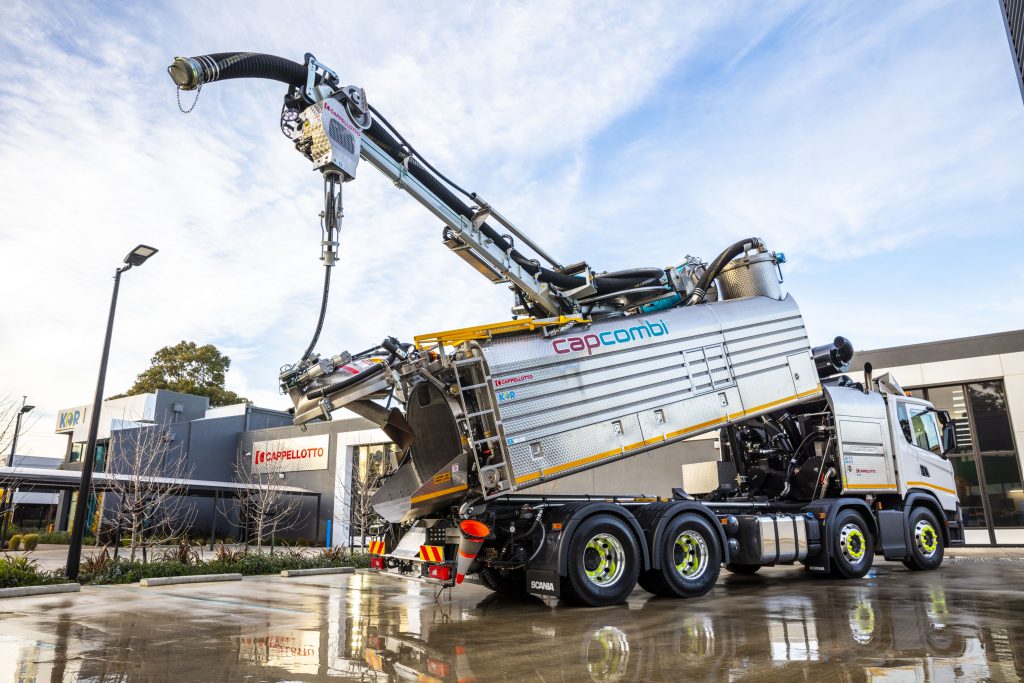What You Need to Know About Grease Traps
27 August 2021
What is a Grease Trap?
A grease trap is a drainage system that holds and separates fats, oils, and grease from water waste, allowing the waste to safely enter the sewerage system.
How does a grease trap work?
Initially, water waste from commercial kitchens passes though the inlet pipe. Fats, oils, and grease float to the top of the main tank allowing uncontaminated water waste to flow through the outlet pipe and into sewerage system. Solids remain within the tank and require pumping out on a regular basis.

How regular do you need to pump your grease traps?
The Water Corporation dictates that that grease traps require pumping when:
- The volume of solids exceeds 30% of the tank.
- The waste water exceeds the acceptance criteria for oils, fats and grease (determined by two consecutive grab samples).
- There are solids, oil, or grease visible in the trade water sample point downstream of the grease assessor.
Water Corporation will set out the minimum frequency rate of pumping based on the above criteria, taking into consideration the size of the tank and frequency of usage.
Other suggestions to avoid grease trap problems:
- Use strainers in sinks.
- Ensure grease/oil from pots and pans are wiped out before washed and disposed of separately and not poured down the sink.
- Ensure proper installation of grease traps to prevent spillage and odours.
- Avoid DIY cleaning as this may result in damage or corrosion to pipes.
How Does Instant Waste Management Pump Grease Tanks?
Instant Waste Management use licensed liquid tankers to pump out grease tanks. Our process is environmentally responsible and is carried out by our highly experienced team. To book your grease trap service call us on 9379 2111 or fill in a form here.










